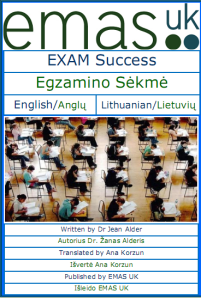For those of you wondering what was new last month I have uploaded;
Using the Talking Tools and A4 sheet giving a quick overview now in the Teachers Section of the Resource Vault.
Cell Poster for Science in Arabic, Bengali, Chinese Cantonese, Chinese Mandarin, Czech, Dutch, Gujarati, Hungarian, Lithuanian, Italian, Malay, Polish, Romanian, Russian, Slovak, Somali, Spanish and Urdu.
Food Chains wolf, deer, grass posters for science in Albanian, Arabic, Bengali, Chinese Cantonese, Chinese Mandarin, Czech, Dutch, English, Gujarati, Hebrew, Latvian, Lithuanian, Italian, Malay, Polish, Romanian, Russian, Slovak, Somali, Spanish, Turkish and Urdu.
Food chains producers to consumers poster for science in Bengali, Chinese Cantonese, Chinese Mandarin, Czech, Dutch, English, French, German, Gujarati, Hebrew, Hungarians, Italian, Kurdish, Latvian, Lithuanian, Malay, Nepali, Norwegian, Polish, Romanian, Russian, Slovak, Somali, Spanish, Turkish and Urdu.
Herbivores poster for science in Albanian, Arabic, Bengali, Chinese Cantonese, Chinese Mandarin, Czech, Dutch, English, French, German, Gujarati, Hebrew, Hungarian, Italian, Kurdish, Latvian, Lithuanian, Malay, Polish, Romanian, Russian, Slovak, Somali, Spanish, Turkish and Urdu.
Human Body workbook for PE or Science in Farsi and Turkish.
Learning Mat Lines for Maths in Albanian, Bengali, Chinese Cantonese, Chinese Mandarin, Czech, Dutch, English, French, German, Gujarati, Hebrew, Hungarian, Italian, Kurdish, Latvian, Lithuanian, Malay, Nepali, Polish, Romanian, Russian, Slovak, Somali, Spanish, Turkish and Urdu.
Maths Resource sheets in Portuguese.
Signage – Please walk carefully in Afrikaans, Albanian, Arabic, Azerbaijani, Basque, Bulgarian, Catalan, Chinese Cantonese, Chinese Mandarin, Croatian, Czech, Dutch, Danish, Estonian, Filipino, Finnish, Greek, Haitian Creole, Hebrew, Hungarian, Irish, Japanese, Korean, Kurdish, Latin, Latvian, Lithuanian, Portuguese, Romanian, Russian, Slovak, Slovenian, Spanish, Swahili, Swedish, Tamil, Thai, Turkish and Welsh.


